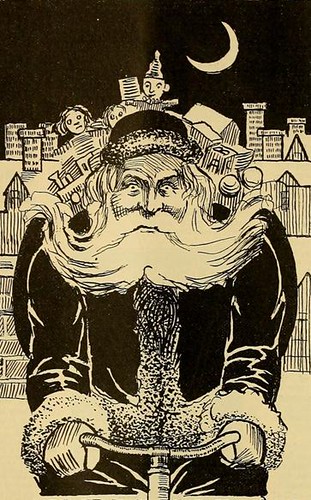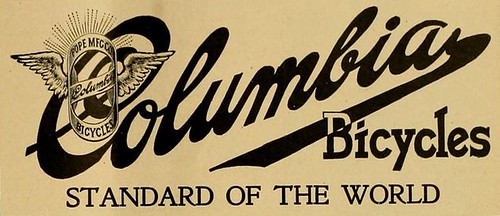If one is unhappy with progress for cycling where one lives, it is always possible to cheer oneself up by looking at someone else's situation - say in far-off Perm', in the Urals. (Think Dr. Zhivago.)
(OK, I have remembered that Perm' is on the west side of the Urals and therefore not in Siberia, but close enough.)This Russian-language site has photographs of the city of Perm' - the sixth one down is of a bike lane. In fact, if you click on it, it flips to a different photo of the same bike lane with sign overhead indicated it as such. (Yes, that space about 15 inches wide is supposed to be a bike lane. As I said, I thought I had problems . . . )
The text, in Russian, reads:
Велосипедные дорожки, обозначаемые в прошлом году робкой разметкой на одной улице, возмужали, окрепли и превратились в полноценных участниц дорожного движения. Теперь к разметке добавились дорожные знаки — важный шаг с правовой точки зрения.
and below the photo
Правда, ни одного велосипедиста на улице нет. И припаркованных велосипедов на улице нет.
In English, this would be:
Bike lanes, laid out last year by a faint line, have been strengthened [made more manly, is the word used!] and turned into a full-fledged participant in the road system. Now in addition to the lane line, signs indicating the bike lane have been added - an important step from the legal point of view.
but under the photo, it says
In truth, there is not one cyclist on the street. And no parked bicycles, either.
In other words, they have a way to go there in Perm' with this encouraging of cycling business.
Don't we all. But perhaps not as far as the пермяки (residents of Perm') have to go.




